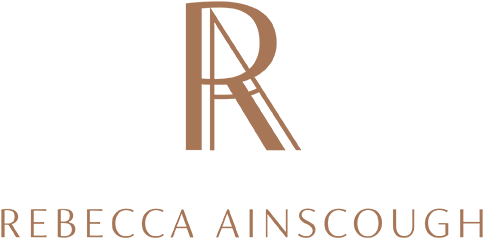PROCESS:
CLAY
ARMATURE
An armature is a metal skeleton (or basic structural support for abstract pieces). The metal used to make the armature will depend on the size of the finished sculpture. Wet clay is heavy, so the armature needs to be strong enough to take the weight. The armature needs to be precise, to reflect the proportions of the finished figure. Measurements, taken from a life model, can be scaled up or down, relative to the size of the finished piece. The model then assumes the required pose and the armature is shaped to mimic that movement. Compiling a comprehensive and detailed photographic reference, of the model, means that the sculpture can be worked on, with or without the model present.
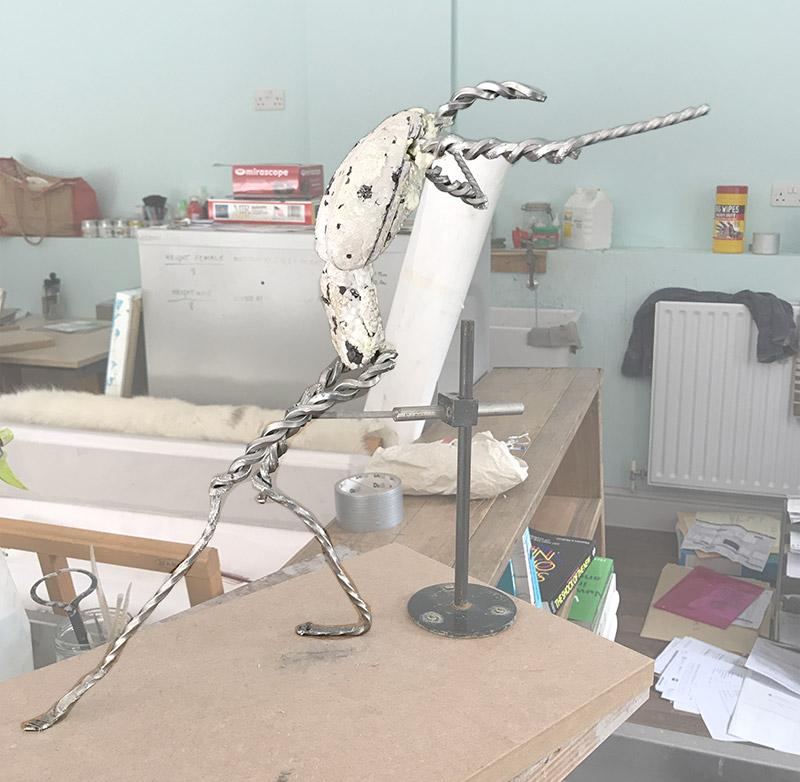
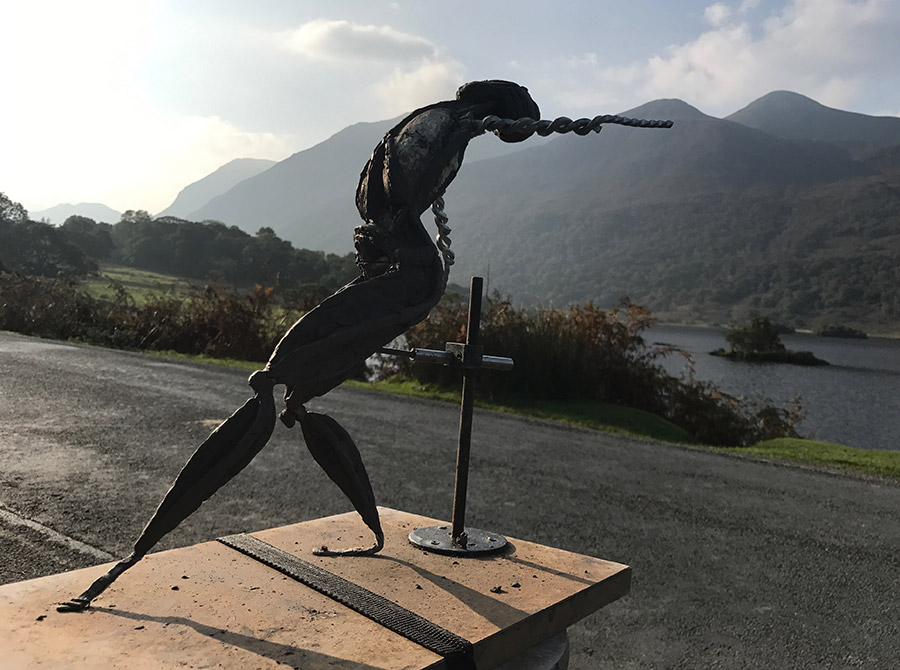
Even before the clay goes on to the armature, it is important to consider how the piece will be displayed when it is made into stone or bronze. How will it stand up/lie down/dance? Will it be mounted on stone/wood/metal? Will the base be cast/carved with the piece or separately? Adjustments may need to be made to the composition to accommodate this.
CLAYING UP
The positioning of muscle, tissue and bone, including their length and insertion points, are largely determined by the skeleton. Lifestyle dictates the tone of the muscles and the subcutaneous shape, of most humans. In the beginning, it is enough to build up the general bulk of the body by using clay to recreate the muscles, bones and tissue, using the armature as a skeletal reference.
A good knowledge of anatomy can be helpful, but it is not necessary; there is no absolute rulebook of how to sculpt the human form. Several methods can be used individually or in combination. My preference is to use intuitive visual interpretation, and a little sight size, both underpinned with a strong working knowledge of form and anatomy. Combined these give me an element of versatility.
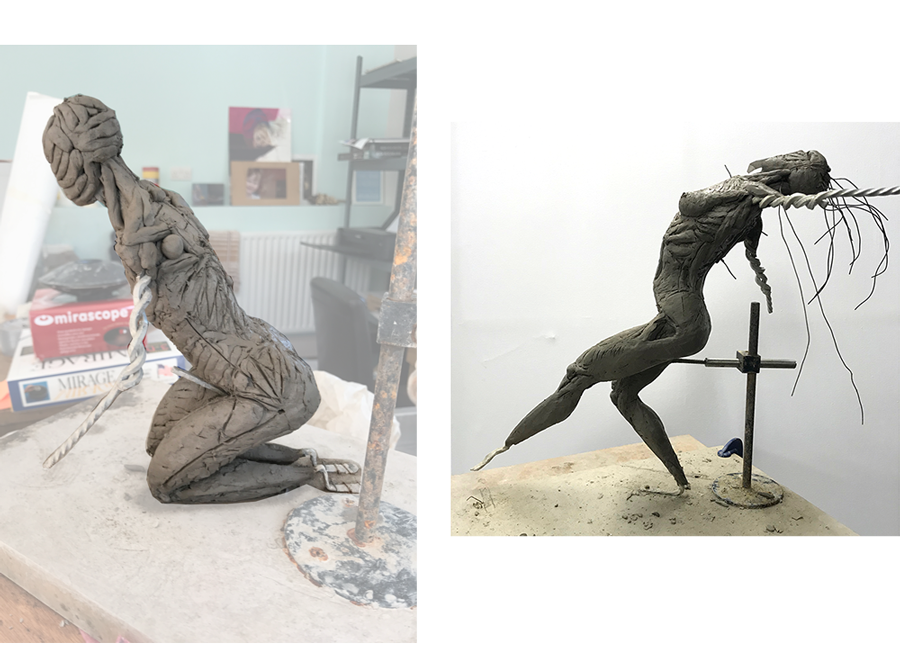
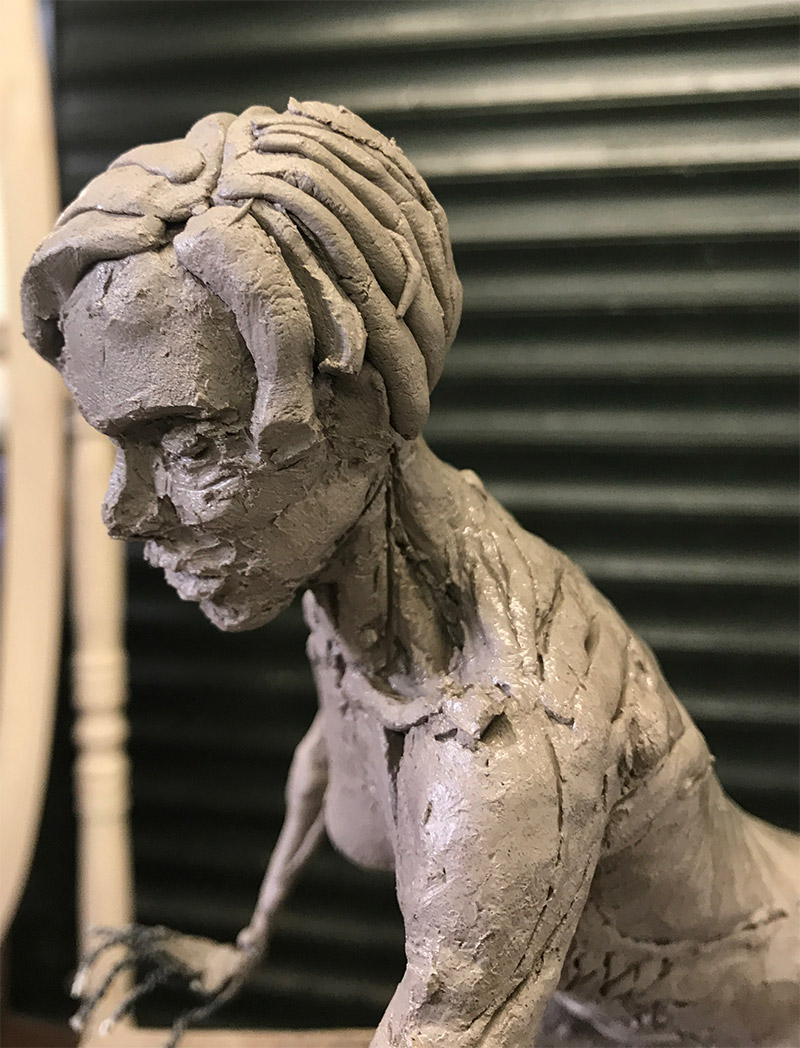
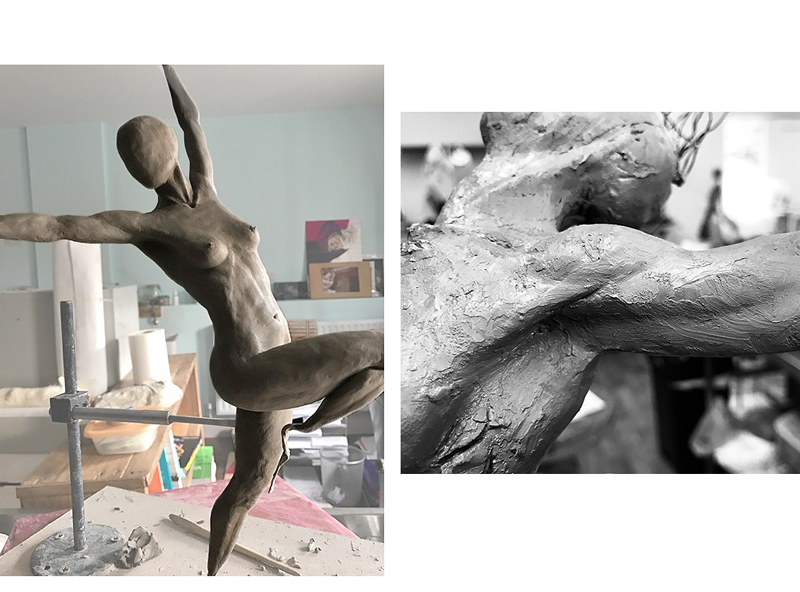
SURFACE DETAILS
Large mirrors in the studio give me a visual reference to interpret how the muscles work in tension and motion, as I build up the base form of the figure. When the figure is ready for the final surface details, the life model returns. Clay is added and scraped away, pressed and manipulated, while continually referencing the model. Here the model’s body language is as important as the physical anatomy. This blend of visual scrutiny and interpretation help to reveal the story that the model’s body language is expressing. The push and pull of the material, while this is happening, gives the piece its own unique surface texture.
